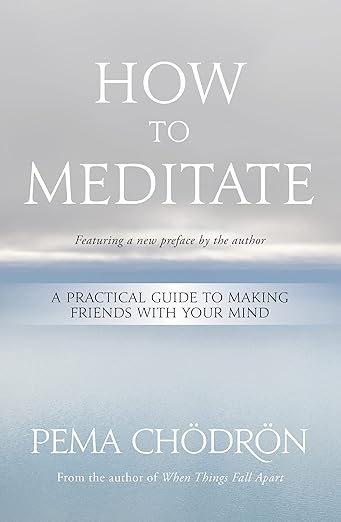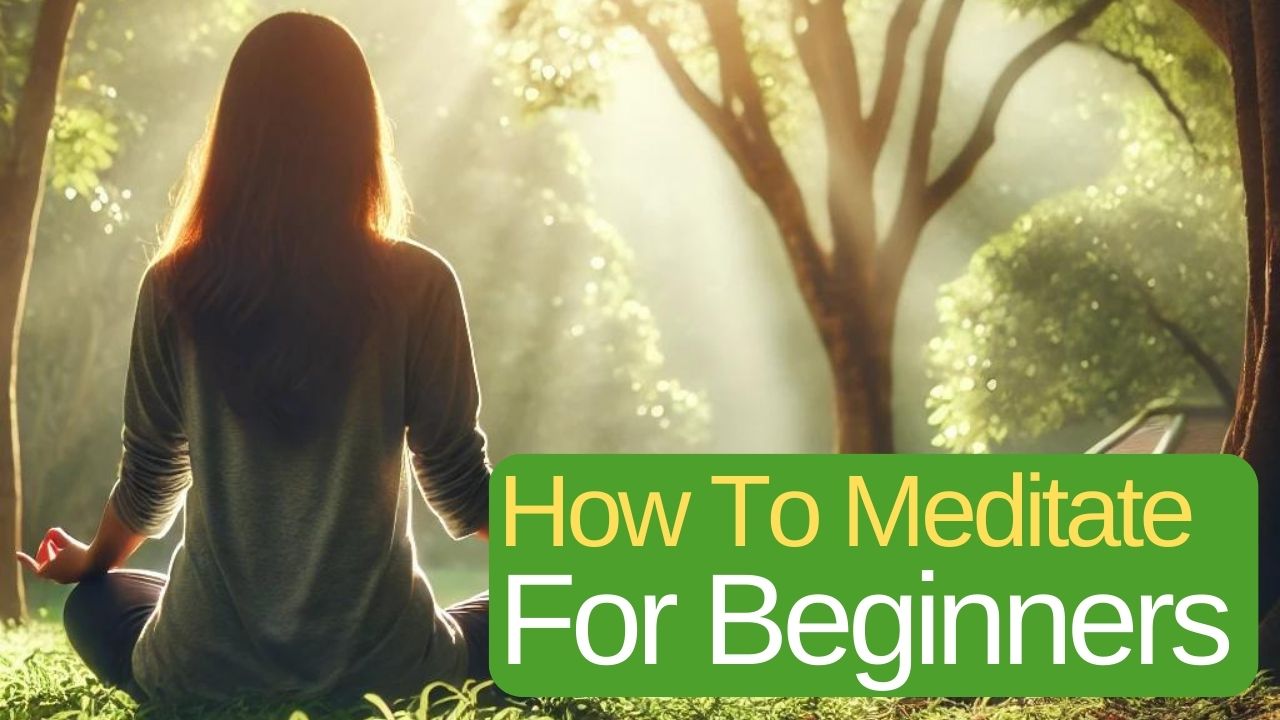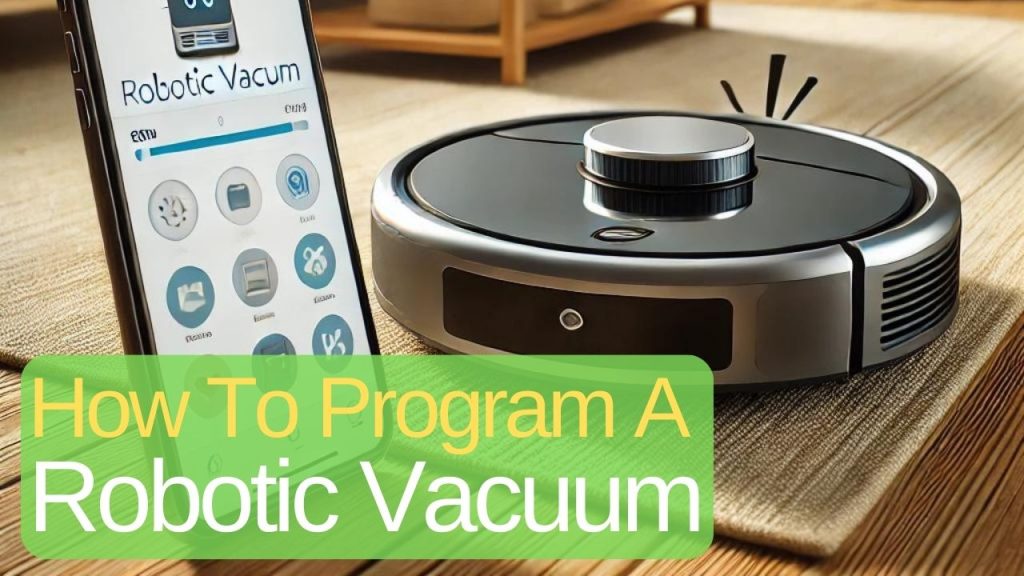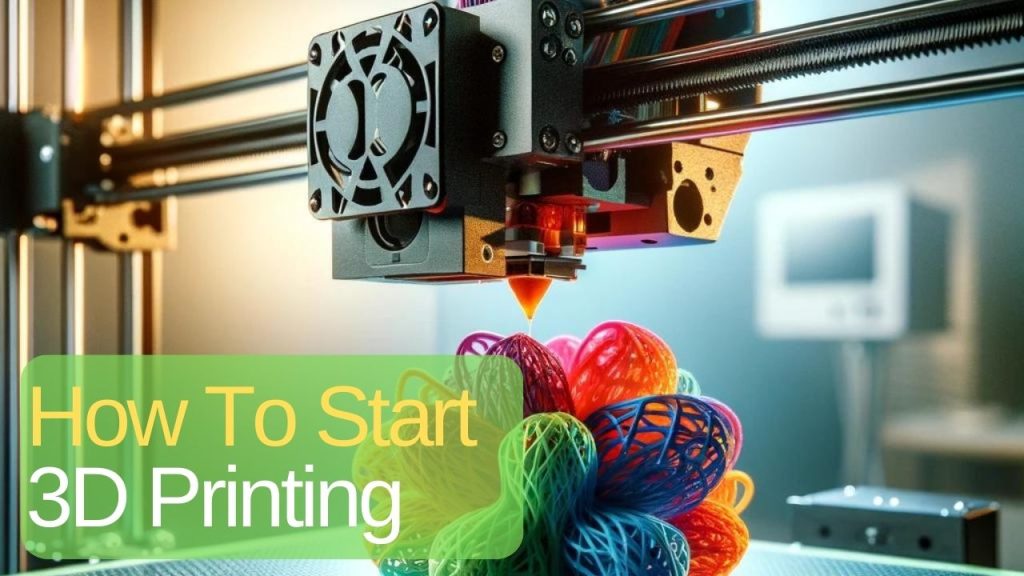Meditation is a powerful practice that can bring peace, clarity, and well-being into your life. For beginners, learning how to meditate might seem intimidating or confusing. However, understanding how to meditate for beginners is much simpler than you might think. This guide aims to break down the basics of meditation and provide you with the tools you need to get started.

How to Meditate for Beginners and Its Benefits
Meditation is an ancient practice that involves training the mind to focus and achieve a state of calm and clarity. The benefits of meditation are well-documented and include reduced stress, improved concentration, better emotional health, and enhanced self-awareness. Additionally, regular practice can help lower blood pressure, improve sleep, and increase your overall sense of well-being.
Common Misconceptions About How to Meditate for Beginners
Before diving into the how-to, let’s address some common misconceptions:
- You have to empty your mind: This is a myth. Meditation is about focusing your mind, not emptying it.
- It takes years to see benefits: While long-term practice deepens benefits, even short sessions can have immediate positive effects.
- You need a special place or equipment: While a quiet space can be helpful, meditation can be practiced anywhere and doesn’t require any special equipment.
Step-by-Step Guide on How to Meditate
Finding a Quiet Space
First, choose a quiet space where you won’t be disturbed. It doesn’t have to be a perfectly silent environment, but a place where you feel comfortable and can minimize distractions.
Getting Comfortable
Next, sit in a comfortable position. You can sit on a chair with your feet flat on the ground, or cross-legged on a cushion on the floor. The key is to keep your back straight to allow for easy breathing.
Focusing on Your Breath
Then, close your eyes and take a few deep breaths. Begin to focus on your breathing. Notice the sensation of the air entering and leaving your nostrils, or the rise and fall of your chest. This is your anchor.
What to Do When Your Mind Wanders
It’s natural for your mind to wander. When you notice this happening, gently bring your focus back to your breath without judgment. This is a core part of the practice and helps build mindfulness.
How Long to Meditate
Start with just 5-10 minutes a day. As you become more comfortable, you can gradually increase the time. There’s no perfect length for meditation; it’s more important to be consistent.
Tips for Maintaining a Regular Meditation Practice
To maintain a regular meditation practice, consider the following tips:
- Set a regular time: Try to meditate at the same time each day to build a habit.
- Use a timer: This can help you keep track of your session without needing to check the clock.
- Be patient: It takes time to develop a meditation practice. Be kind to yourself and stay committed.
Recommended Resources for Beginners
Here are some resources to help you get started:
- Apps: Headspace, Calm, Insight Timer
- Books: “The Miracle of Mindfulness” by Thich Nhat Hanh, “Meditation for Beginners” by Jack Kornfield
- Websites: Mindful.org, Verywell Mind
Encouragement to Start Your Meditation Journey
Meditation is a journey, not a destination. Every session is an opportunity to learn more about yourself and cultivate inner peace. Therefore, start small, be consistent, and soon you’ll experience the many benefits that meditation brings. Happy meditating!
FAQs About How to Meditate for Beginners
How long should I meditate each day?
Start with 5-10 minutes a day and gradually increase the duration as you become more comfortable with the practice.
What is the best time of day to meditate?
The best time to meditate is when you can consistently set aside time without interruptions. Many people find mornings or evenings to be ideal.
Do I need any special equipment to meditate?
No special equipment is needed. All you need is a quiet space and a comfortable place to sit.
Can meditation help with stress and anxiety?
Yes, meditation is known to reduce stress and anxiety by promoting relaxation and mindfulness.
How do I know if I am meditating correctly?
There’s no right or wrong way to meditate. If you’re focusing on your breath and bringing your mind back when it wanders, you’re meditating correctly.













